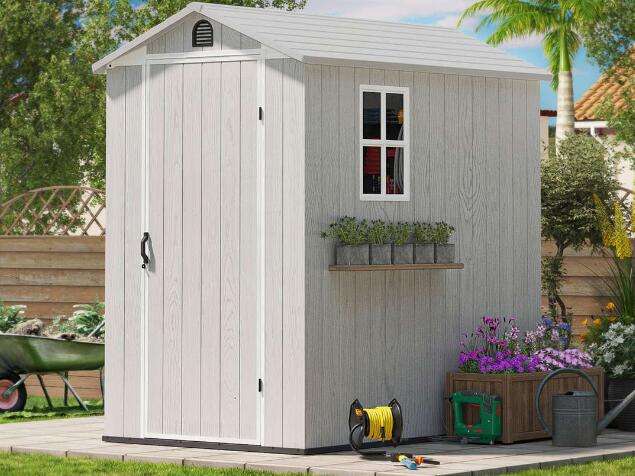As mortgage and rent expectations surge, a growing number of Americans are expressing doubt about the future of homeownership during Donald Trump’s presidency. A new Fed report reveals worsening sentiment, stagnant affordability, and long-term concerns about the American dream.

The housing market is facing a crisis of confidence, and according to new data from the Federal Reserve Bank of New York, many Americans are pointing fingers at President Donald Trump’s leadership as they brace for higher mortgage rates and rent hikes.
The survey, released ahead of the 2025 housing season, shows that households now expect 30-year mortgage rates to reach a median of 7% within the next year—and remain at that level for at least three years. That’s a sharp contrast to earlier expectations of rates dipping closer to 5%, which many experts once believed could revive affordability for first-time homebuyers.
Rising Rates, Higher Rents
The same survey found that rent is expected to climb by 8% over the next 12 months, up from a 7.1% projection in early 2024. As costs climb, confidence falls: renters now estimate their chances of ever owning a home at just 33.9%, a steep drop from 40.1% last year. That figure has been steadily declining since 2016, and for many, it’s becoming a reality that homeownership may never be within reach.
At the same time, home prices are still projected to grow—by 4% over the next year, slightly higher than last year’s forecast. Over a five-year period, however, long-term expectations remain flat at an annualized rate of 3.1%.
The Bigger Picture: It’s Not Just About Rates
While mortgage interest rates are a major concern, experts say they’re only part of the problem. Kevin Thompson, CEO of 9i Capital Group, pointed out that rising property taxes, insurance costs, and maintenance expenses are making ownership even more expensive. “It’s starting to click for folks,” Thompson said. “Buying a home isn’t just about the loan—it’s about affording the long-term commitment.”

Alan Chang, a title and escrow expert, echoed the sentiment, calling the market “unhealthy” after years of inflated valuations due to ultra-low rates. “Now that interest rates are returning to historical norms, affordability has plummeted, and consumer sentiment has turned neutral or negative.”
Is Trump to Blame?
While some factors are market-driven, others may be linked to policy. Michael Ryan, founder of MichaelRyanMoney.com, pointed to Trump’s tariff threats and immigration stance as major concerns for homebuilders. “The Housing Market Index dropping to 42? That’s more than just a statistic—that’s confidence evaporating,” he said.
Alex Beene, a financial educator, noted the conflicting messages in recent housing data. “Some numbers look hopeful, but they’re not enough to sway public perception,” he said. “Buyers are still cautious, even as inventory ticks upward.”
Redy CEO Noelle Tassey offered a more pragmatic view: “Sellers are coming back, inventory is up 17% year-over-year, and buyers are adapting. Rates may not drop soon, but those serious about buying are moving forward now while they still have negotiating power.”
The Bottom Line
While there’s no simple cause for America’s housing malaise, the latest data paints a sobering picture: rising costs, limited access, and shrinking optimism—especially among younger buyers. Whether or not the blame lies entirely with Trump, the political and economic environment under his leadership isn’t helping restore confidence.
For millions of households, the dream of homeownership is feeling more like a moving target—and it may stay that way for the foreseeable future.